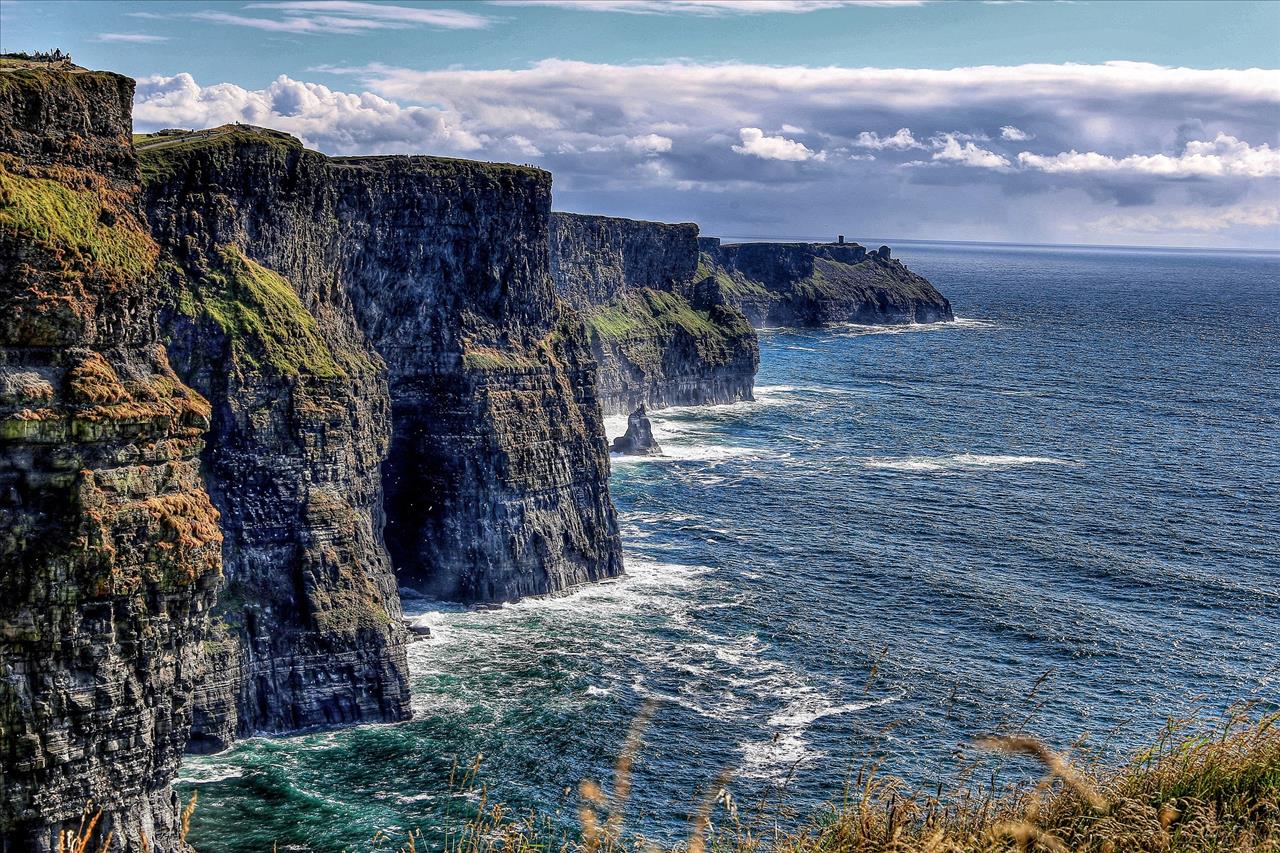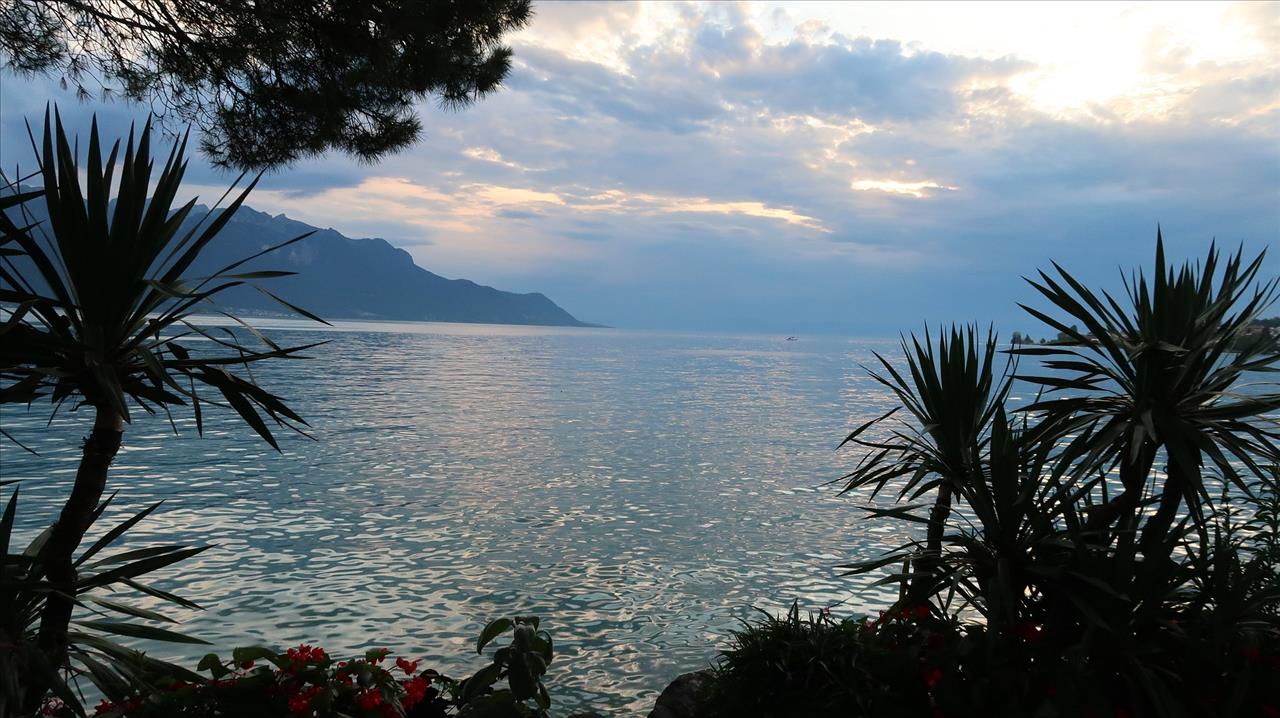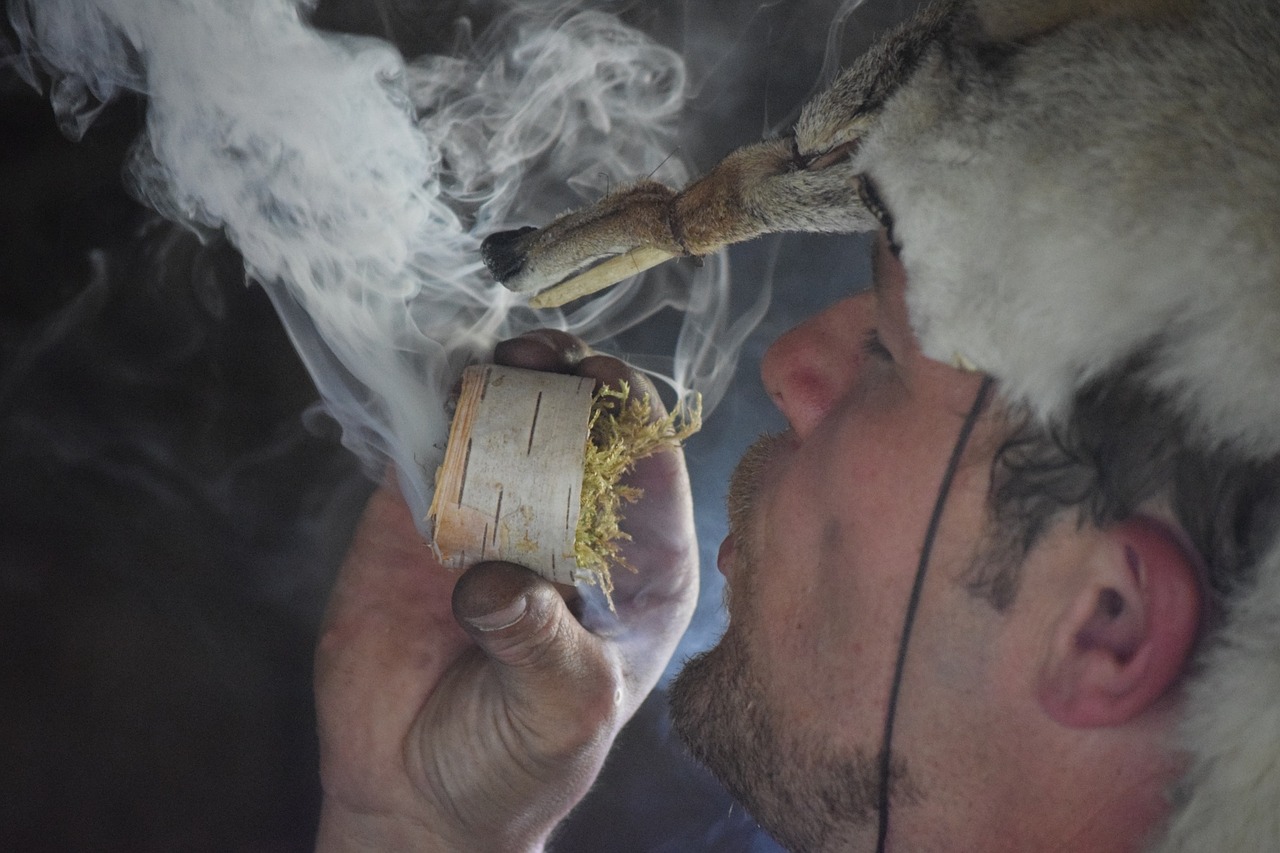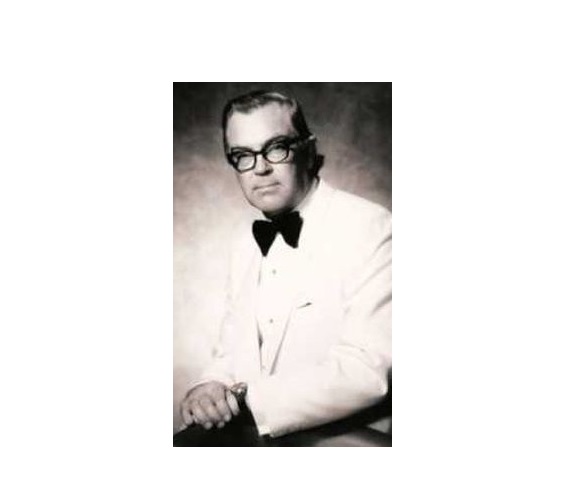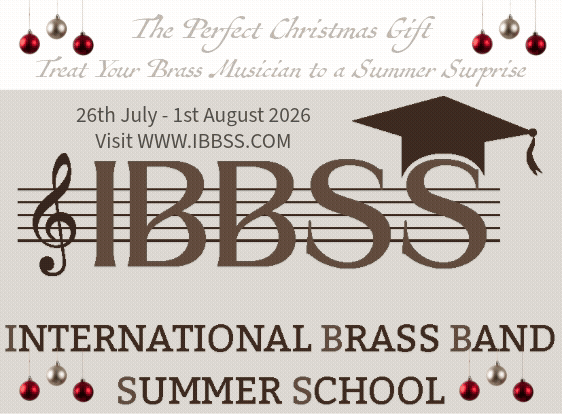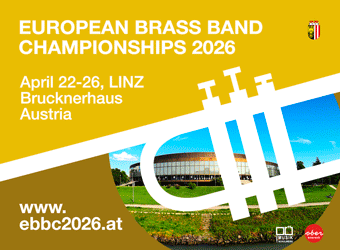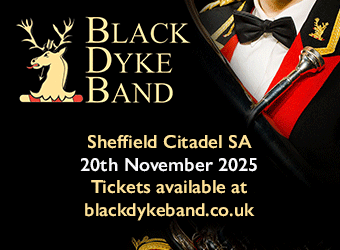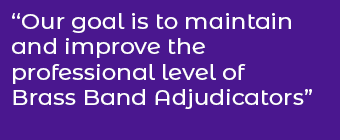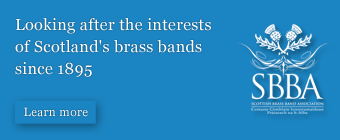
We may not have got to hear Philip Sparke’s ‘A Road Less Travelled By' this year in Palanga, but you can still be sure that it will make an appearance at a major contest or two in the years to come.
However, some set-works that have been used at the event have disappeared in the intervening years – although it could be argued, understandably or even thankfully so...
However, some set-works that have been used at the event have disappeared in the intervening years – although it could be argued, understandably or even thankfully so...
Some (we’ve placed then in chronological order) that would have been included in our list have enjoyed a welcome revival and reappraisal of late after initial scepticism.
‘Myth Forest’ by Stig Nordhagen from 2013 was used at the 2020 Norwegian National Championship, whilst Paul Huber’s ‘Symphonic Music’ from 1979 resurfaced at the 2019 Senior Cup.
Others though may well have to wait a little longer before musical tastes change in their favour...
These are the five then we think should be resurrected from the soil of obscurity and returned to the major championship spotlight once more...
1. Seascapes With High Cliffs (Ian Wilson)
Belfast 2006
An evocative work inspired by a visit the composer made to the gloriously imposing Cliffs of Moher on the west coast of Ireland, it proved to be an intriguing test when it was used at the aptly named Waterfront Hall in Belfast.
Just 13 minutes long, it asked questions of texture and colour, atmosphere and imagery – from seabirds floating in the breeze in the lee of the cliff faces, to the swell of the Atlantic Ocean pulsating against the rocks below.
The score also echoed the craggy geology – bare, hard and linear with its rhythmic fissures and cracks, the enigmatic writing (the ending dying away after a last lash of wave) leaving a question mark in the air.
It’s a great pity it hasn’t been since (and there was also a cracking piece called ‘Little Christmas’ written by composer Elaine Agnew in the B Section that year too).
Different for sure - but not as unforgiving in its musical architecture as ‘Muckle Flugga’ that came along a few years later.
Read more about the work at: https://www.4barsrest.com/articles/2013/1387.asp
2. Montreux Wind Dances (Carl Ruetti)
Montreux 2001
A complex series of three ‘dances’ (‘Tree’, ‘Lake’ and ‘Fire’) - that reflected a very individualistic interpretation by the composer of the immediate surroundings of the Swiss town on the banks of Lake Geneva.
It’s 15 minutes of richly scored, vividly coloured music - fast, slow, fast, in a three movement collage of timbres, textures and effects interwoven with subtlety and wit.
‘Tree Dances’ evokes pictures of gently swaying foliage that bend, flutter and twist in the wind off the Lake – the tempo changing the effect; sometimes imperceptibly, at other viciously, the conductor deliberately asked to ‘realise’ colours, shapes and textures.
It’s 15 minutes of richly scored, vividly coloured music - fast, slow, fast, in a three movement collage of timbres, textures and effects interwoven with subtlety and wit.
The languid beauty of the middle section, led by demanding lead lines for the trombone and euphonium is a series of echoes, like rippling reflections off the surface of the water, whilst the finale is a tour-de-force of pyrotechnics – 250 bars that contain 238 different time signatures.
It crackles with energy, danger and raw excitement - and is exceptionally hard.
Perhaps that explains why then...
3. Seid (Torstein Aagaard-Nilsen)
Bergen 1996
You almost know from the off that any piece that derives its inspiration from an ancient Shamaneque Viking divination ritual involving trances, magic runes and ‘a journey beyond time and space’ is going to be a bit different.
And this work premiered at the Grieghallen from Torstein Aagaard-Nilsen was certainly that and more...
Dark, disturbing and at times downright spooky, it’s 15 minutes or so of wonderfully inventive scoring in three identifiable sections – starting with a raucous, lip smacking opening that literally drums up the beating presence of the God Odin.
There are passages of ethereal beauty before the music is consumed by a ‘wild’ incantation that bubbles like a boiling pot of viscera before ending in a trance-like state of mind that disappears into the ether like a wisp of smoke up a Viking chimney...
Dark, disturbing and at times downright spooky, it’s 15 minutes or so of wonderfully inventive scoring in three identifiable sections – starting with a raucous, lip smacking opening that literally drums up the beating presence of the God Odin.
It’s demanding listening – but oh so rewarding and engaging.
A slightly amended version (with a different, loud ending) was produced by the composer in 2010, but the original (it’s appeared a few times as an own-choice work in Bergen) is still the best.
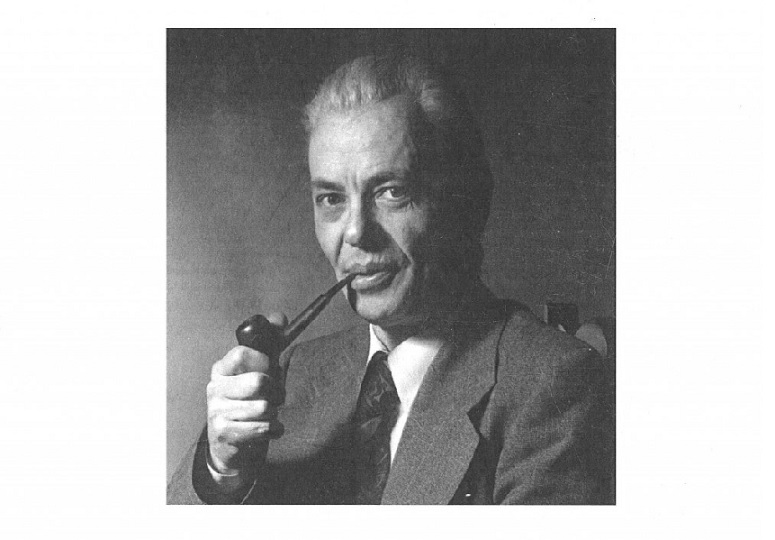
4. Refrains and Cadenzas (Thomas Wilson)
Edinburgh 1984
The one work here that wasn’t specially commissioned for the Championships itself – written instead for the prestigious Cheltenham Festival way back in 1973.
It’s a composition of intellectual depth and rigour - superbly scored with an overriding arc of originality and organic development that is almost unheard of today. No tricks, no artifice no playing to the crowd – all the way to its darkly sardonic ending that vanishes like a puff of smoke.
The refrains are at times merely enigmatic ciphers of sound and contrast, short and circuitous; the cadenzas, momentary rather than extended displays of virtuosity. You never quite know where the dissonant music will take you next – yet you understand why when you get there.
There are echoes of Henze and Weill and perhaps even a fleeting sweep of ‘Contest Music’ mysteriously woven into its intricate 11 minute fabric.
The refrains are at times merely enigmatic ciphers of sound and contrast, short and circuitous; the cadenzas, momentary rather than extended displays of virtuosity. You never quite know where the dissonant music will take you next – yet you understand why when you get there.
It’s appeared just the once since as a set-work (at the Belgian Nationals in 1994) – and that is a huge, huge shame.
Wilson (above) died in 2001 leaving just three wonderful works for the medium to his name.
5. Introduction, Elegy and Caprice (Morley Calvert)
London 1978
The work that has perhaps been played more often that any of the others - although only twice as far as we know in the last 38 years.
Written for the first event in 1978, Boosey & Hawkes quickly made sure it got its investment back by using it as the Second Section test-piece at the following year’s Regional Championships.
Calvert (1928-1991) was a complex man blessed with the gift of being able to write and arrange disarmingly simple sounding music (his folk song arrangements are superb) with an ear for the melodic line and warm tonal balance.
Calvert (1928-1991) was a complex man blessed with the gift of being able to write and arrange disarmingly simple sounding music (his folk song arrangements are superb) with an ear for the melodic line and warm tonal balance.
‘Introduction, Elegy and Caprice’ is a case in point; the dramatic opening chords giving way to a slightly mysterious melodic theme which is quickly contrasted by rhythmic drive that leads to a quirky close.
The ‘Elegy’ also has a minor keyed melancholic reflection; tender, touching and questioning, whilst the ‘Caprice’ is a playful romp, light and breezy.
Not a work that would perhaps test the very finest at European level today, but still one that asks engaging questions of style and interpretation that wouldn’t go amiss elsewhere.



